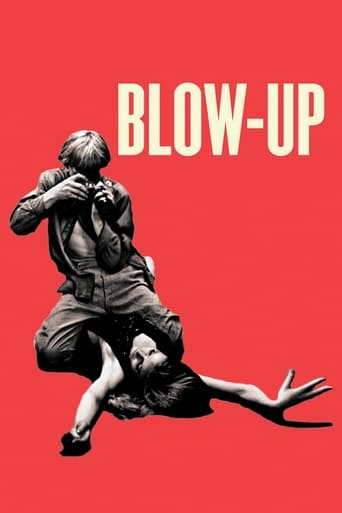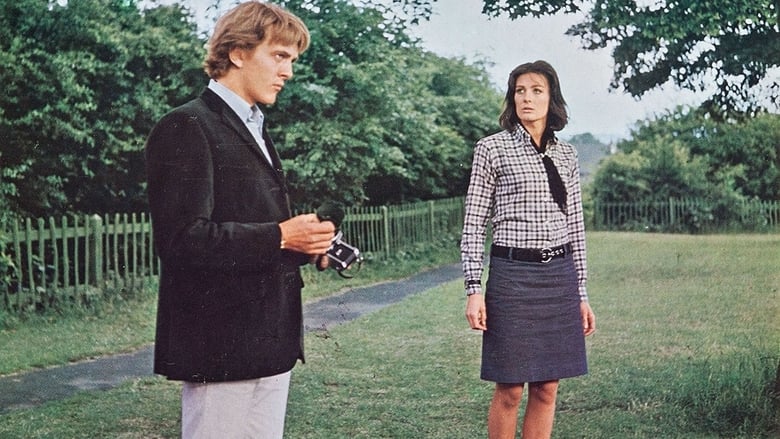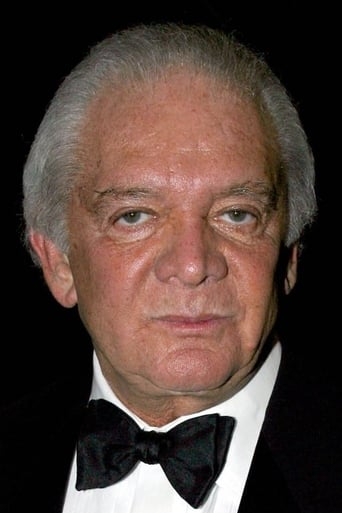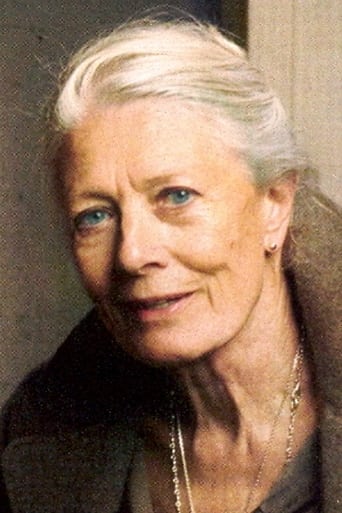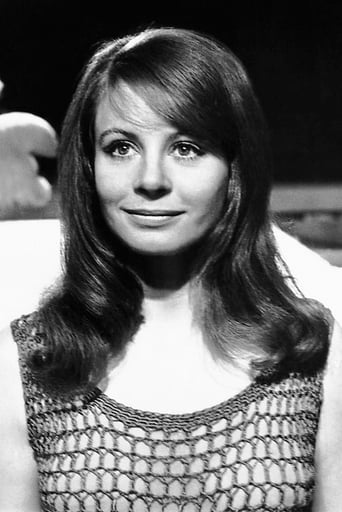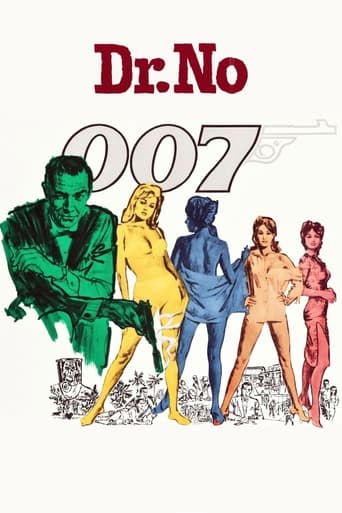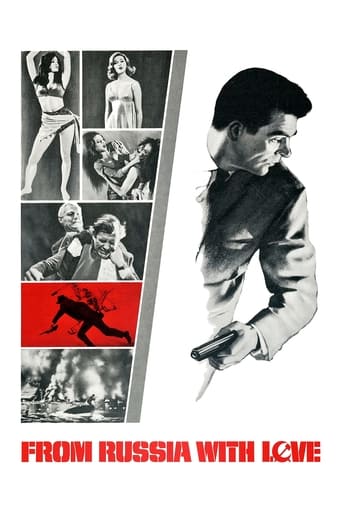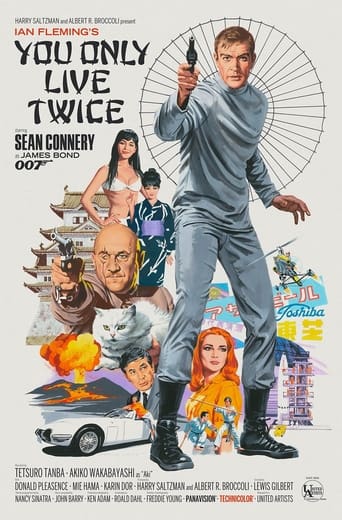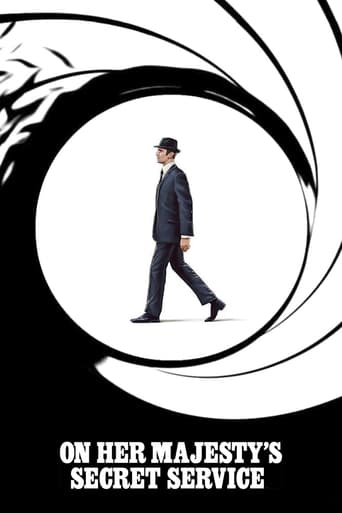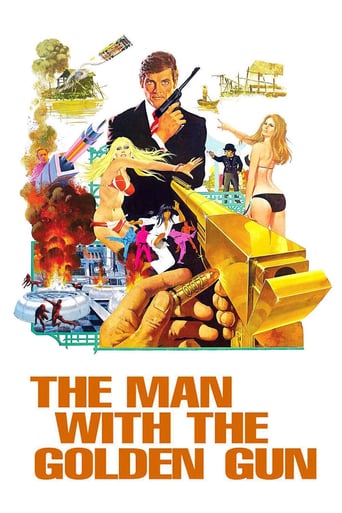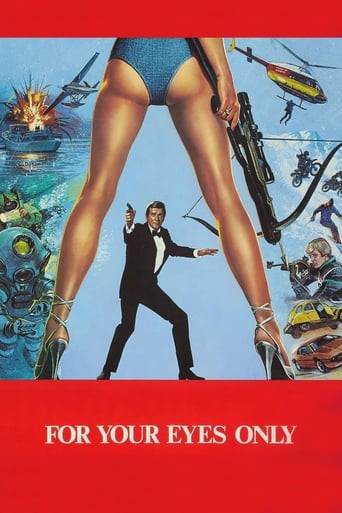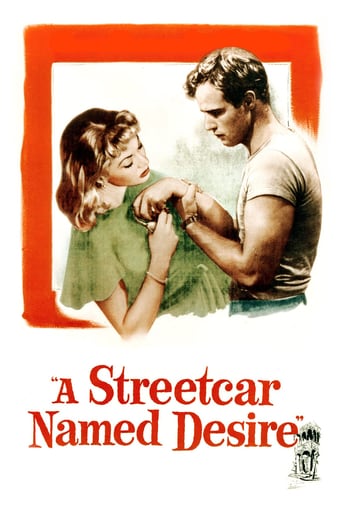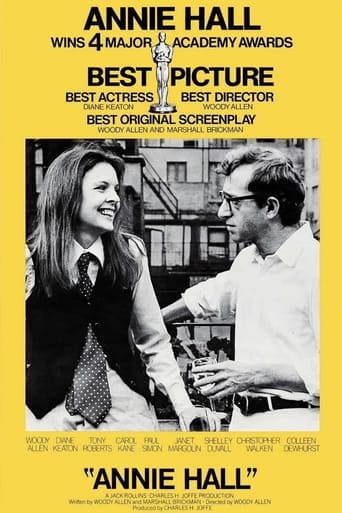Blow-Up (1966)
A successful mod photographer in London whose world is bounded by fashion, pop music, marijuana, and easy sex, feels his life is boring and despairing. But in the course of a single day he unknowingly captures a death on film.
Watch Trailer
Cast


Similar titles
Reviews
I'm asking if this film is perfect? What is perfect? It doesn't mean a film must have everything, to force everything into it, to be perfect. I'm looking at just the world of Blow-up, and in this world, everything you expect it to be, everything in there, the way Antonioni fashions this scene, every detail to the minute focus - it's all so perfect to me. The way it is filmed, exact, to precision. You'd expect this in a film about a photographer. The way it's framed. But the other Antonioni films are also boasting great cinematography. I found this to stand out because of how the murder mystery unravels itself using the form itself, using photographs. The way the story unravels with these photographs, the way the photographs are seen from a different perspective when looked upon in different ways, in different positions and blown up or not. It tells us precisely about perspectives and realities that we live in. This is why the final scene of the tennis match fits perfectly into everything else. Were some of the modelling scenes too long because it doesn't fit exactly into the main plot? I don't think so. It's one of the questions I used to have before, but I believe the details of his world are important to set him up and contrast that with everything else he experiences outside of that world.
I'm going to quote Mr. Burns from "The Simpsons": "I'm no art critic, but I know what I hate. And... I don't hate this."No, I can't say that I hated, even disliked, Michelangelo Antonioni's "Blow-Up", Golden Palm winner of 1966, the film kept my interest from beginning to end and the deliberately dissatisfying ending had an interesting quality about itself. I know it left more interrogation marks at the end than at the start but this is an art film, what did anyone expect? A resolution? What kind of answers to the photography mystery could have been satisfying? The film had more to say about the form of things to let us free to put any content we want, I don't mean it's an art film as an alibi, but as a choice of style that didn't make it less enjoyable, certainly bizarre and disconcerting but I guess it's a freelance movie that tried not to be too dependent on narrative structure, no rules was the rule.I feel like I'm overusing this word 'art', and I don't know what it means either in that context, I think it's less an art film by the way it tried to be different but because what it seems to imply is that nothing is precisely what it seems it and the more you try to enlarge a vision of the truth or to dig deeper into it, the less clear it actually becomes, in fact, it is quite impossible to get it. It is just like impressionism, take a Claude Monet painting and get your eyes closer, if you try to look at a person's eyes, trying to figure out something about a personality, you will only see little colored dots. The same goes with "Blow-up", let's just look at the big picture.This is a film about a photographer who loves his job and that's a certainty. He's played by David Hummings, a then-unknown actor (although mostly known today for this role) and here's someone who's so serious about his job that he exudes genuine fear even among professionals, while young starlets accept to be treated like poultry, the older ones never react to his sarcasms of derogatory comments either. His misogyny might date the film even more than the groovy music or the clothes but it's a necessary evil. The opening scene with real-life mannequin Verushka, one of the most famous scenes of history, plays exactly like sex scene with slow escalation and a climax that finally leads to the guy just leaving the stage without any word. Talk about a preliminary! Many things happen before the crucial park scene which retrospectively doesn't add much to the plot except to get us in a mood of intellectual turmoil where the youth was intellectually disillusioned and morally misshaped. These kids had their parents dealing with war, the Blitz but they don't have much to endure in their youth, they can only embrace the relative comfort of their lives or seek for escape and enjoyment in a way or another. Whether demonstrations, rock concerts or pot-smoking, the film features many generation-defining moments that were emblematic of the baby-boom generation, what does that bring to the film? Nothing, except,maybe the essential, to bring a certain mood, a texture, an atmosphere that looks typical on a first glance but then is slowly deconstructed.It is also interesting that the hero is a photographer, this means he can explore all the different layers of societies and capture their seemingly essence in one shot, someone who's an observer, but of an active nature, which makes him a sort of embodiment of youth, a need to be active but without much things to do, an impression of activity rather than a real one. When he finds himself in the park, he's put in total neutral area, natural on the surface, it's all in green, but it's still a place occupied by people. He finds two lovers, are they fighting? Flirting? He takes a few shots, he's approached by the woman (Vanessa Redgrave) who wants the pictures back, that naturally arouses his curiosity, forbidding is forbidden, as they said in France, in 1968.The film keeps on some suspense, he meets the woman, they have a little flirting session, they smoke pot, she seduces him, he gives her the reel, she gives him a phone number, both are wrong, but never mind, he's got the pictures and then in one of the most fascinating movie moments, he enlarges them one by one, suspecting something wrong, what he thought was the object of his eyes, become the subjects of something more interesting involving a gun, a corpse. Blowing up again the images, he finds the pictures and he is just overwhelmed, he tries to find out what is going on, and just when you think this is going to be something à la Columbo, the film totally derails from its premise while happening to say more interesting things.I won't develop it further (no pun intended) because I feel like providing alibis for something that didn't make sense because it's not your typical 'art' film that circles around nothing, this one has the seemingly premise of a plot and has the guts to throw it away as if it had maybe some more important statements to say. The result is quite astonishing, it is like a slice of life of the groovy 60's, a document about the superficiality of the time, a quest for bizarre meaningfulness and a film that revolutionized the treatment of nudity, sexuality and maybe violence. In a way, it's for pioneering movies like that cinema could have a few groundbreaking movies in the year after.So what else to say? "Blow-up" didn't have much meaning except that some things in life don't have a proper meaning as well, and maybe, that's meaningful enough.
An acknowledged classic of the art-house cinema by Italian director Michelangelo Antonioni, BLOWUP is of interest to the horror and thriller fan due to the seeds of inspiration and plot ideas that were later to be borrowed for the Italian "giallo" genre - and in particular the work of Dario Argento, who would copy many of the plot motifs - and even David Hemmings himself in one instance - for his subsequent movies. Both THE BIRD WITH THE CRYSTAL PLUMAGE and DEEP RED begin in similar instances, with a murder being witnessed by a central male character who then proceeds to investigate the crime, but whereas Argento focus on murder and death, Antonioni gives us an account of Hemmings' reaction to his situation whilst keeping the mystery aspects of the film to a subtle minimum.The result is a beautifully shot film, controversial at the time for explicit scenes of nudity in the menage-a-trois sequence, that never really goes anywhere but instead is packed with mood, atmosphere and plenty of hidden subtexts and meaning for those who get off on that kind of thing. Undoubtedly the languid pacing of the film can be a little too slow at times, but Antonioni's innovative direction and strong performances from both Hemmings as the harassed protagonist and Vanessa Redgrave as the mysterious girl keep it worthwhile. Hemmings would later make a similar - perhaps even finer - psychological mystery with 1970's forgotten classic FRAGMENT OF FEAR, before appearing in Dario Argento's gory "sequel", DEEP RED.
I read the Mad Magazine parody called "Throwup"which was probably back in 1967. Yesterday I finally saw the movie, less than 50 years later. All I recall from the parody were the black circles under the protagonist's eyes. I see value in this movie from a historical perspective as it shows what people were impressed with back then. Twiggy was a popular model and was called that name because she set a new standard of what models should look like (twigs). Two weeks ago, I watched Marilyn Monroe in Niagara and felt that I learnt more about a view of the times that I did from watching Blowup. I think what I gained by watching Blowup, I could have obtained by watching a 10 minute clip. I have not seen Ben Hur as an example of a movie that should be higher on my list than Blowup.

